No sport is as ingrained into our state as hockey. From the sea of fans at the Xcel Energy Center for every Wild game, the state-wide obsession with the high school hockey tournament to the fervor generated every year by Hockey Day in Minnesota, there is no question how we gained the moniker “The State of Hockey.”
Despite this, the barrier to entry to play the state sport, particularly at the youth level, has never been higher. Hockey sticks can cost more than $300, not to mention the cost of skates, knee pads, shoulder pads, helmets and all the other bits and pieces that stand as a prerequisite to step on the ice.
Just a few years ago, I remember a time when you could get a top of the line stick for $200. Now, that might only buy you a mid-tier stick. My dad often recounts the glory days of the 80’s and 90’s when you could get a quality wooden stick for $20 or $30.
The increase in prices for sticks and other equipment coincides with a change in materials, most notably the switch from wooden sticks to composite.
Composite sticks are lighter, add an extra snap to your shot and have proven to be by far the superior on-ice instrument. They’re also made out of expensive materials like carbon fiber.
However, this increase in technology has yet to grant any stick extreme durability. Stick breaks are a fairly common occurrence, particularly for older players who are larger and stronger. That is quite a bit of cash down the drain.
Some stores will offer 30-day warranties for brand new sticks. But, if it snaps on day 31, you better hope you have a very charitable pro-shop employee that day.
Don’t even get me started on goalie equipment, which can cost more than $2,000. Of course, there are more affordable options, but even those will run you a few hundred dollars. Even when you stop growing, you can only go so long until the padding of a glove breaks down or the cage of a mask bends in due to repeated puck impact.
These costs are just for the equipment required to play the sport. With gear needing to fit league regulations, and players naturally growing from year to year, these costs compound over the years and over time can reach the heights of a modest college education.
Again, this is just the cost of equipment. Registration fees and cost of ice time are often more than $1,000 a season, with costs only rising as kids enter higher playing levels.
So, how can a family that cannot afford the price of admission participate in the essential Minnesotan pastime?
Oftentimes, families can qualify for scholarships for reduced registration fees, said Cecilia Teeuwen, registrar for the Minneapolis Hockey Association. These can be partial or full scholarships, but the most important piece is that no one is turned away.
“We’ve never denied anyone,” Teeuwen said. “We want to give anyone who wants to play the opportunity to play.”
The Minneapolis Hockey Association has a number of programs to help those who may not be able to afford the cost of hockey, like gear drives where players can donate and swap equipment, Try Hockey for Free events and even season-long gear rentals for younger players for just $25.
They also have events for families whose children are interested in goaltending but don’t want to buy all of the equipment without knowing whether their child will really enjoy it. Kids are allowed to borrow goalie equipment to try out the position and see how they like it. Without this, the game would be missing out on a lot of potential puck-stopping prowess from those who might be initially put-off by the prohibitive price tag.
They have also partnered with the Minnesota Wild and the Little Wild Learn to Play Program, which includes four hours of ice time and a full set of equipment for kids who have never participated in organized hockey.
Past the financial barrier, hockey has also been a sport marred by a lack of diversity for most of its existence. One way the Minneapolis Hockey Association tries to combat this is by producing flyers for their program in Spanish as well as English.
Teeuwen, who is from Mexico City, speaks Spanish and has been able to assist Spanish-speaking families who would like to learn more about their hockey program.
It seems that far too often the game of hockey, which I have played and enjoyed since I could walk, is let down by those who don’t understand the great privilege it is to participate in the sport. Far too often, stories surface about racial discrimination inside locker rooms and even on the ice.
Lowering the barrier of entry and getting a more diverse pool of players is a great step forward.
If you know a kid out there who wants to get into hockey, contact your local association. Though the costs may look daunting, I’m sure they will find a way to get anyone who wants to skate on the ice that opportunity in no time.


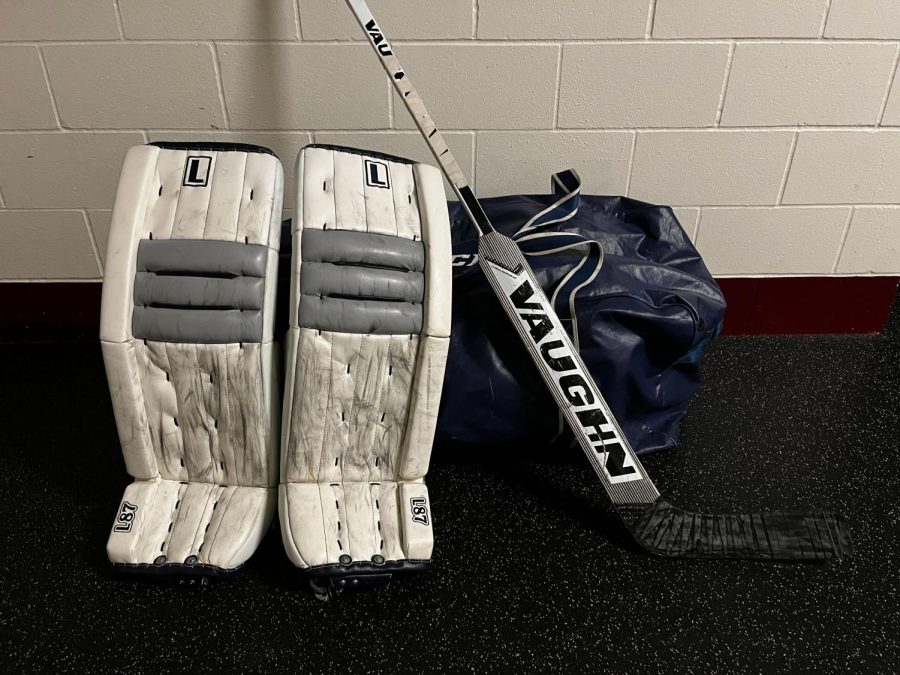
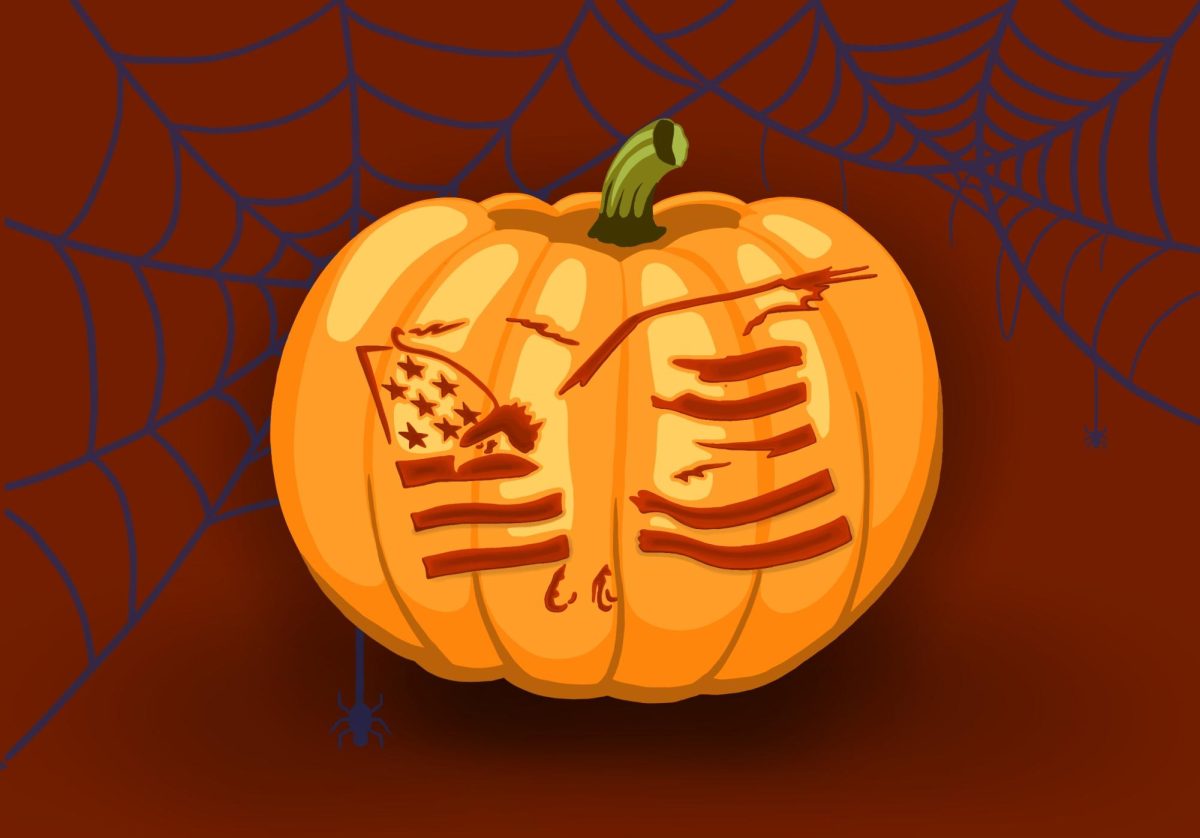
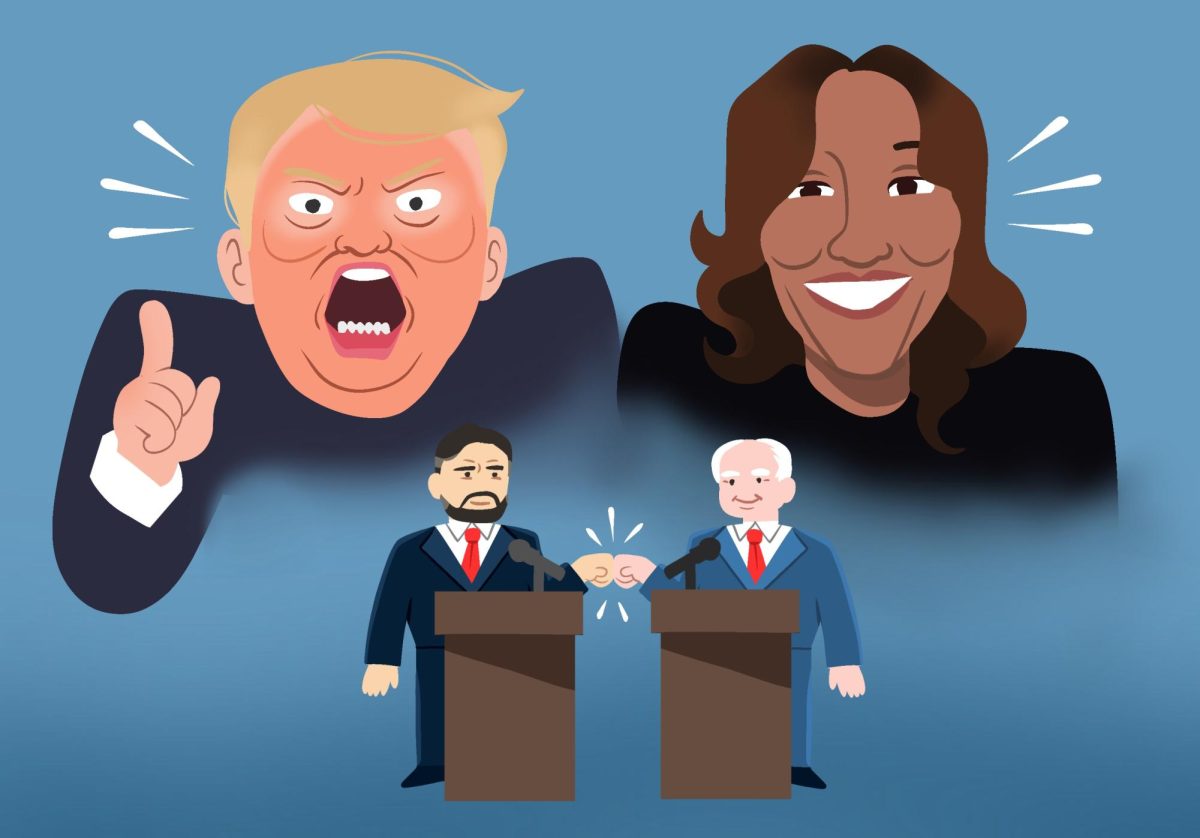
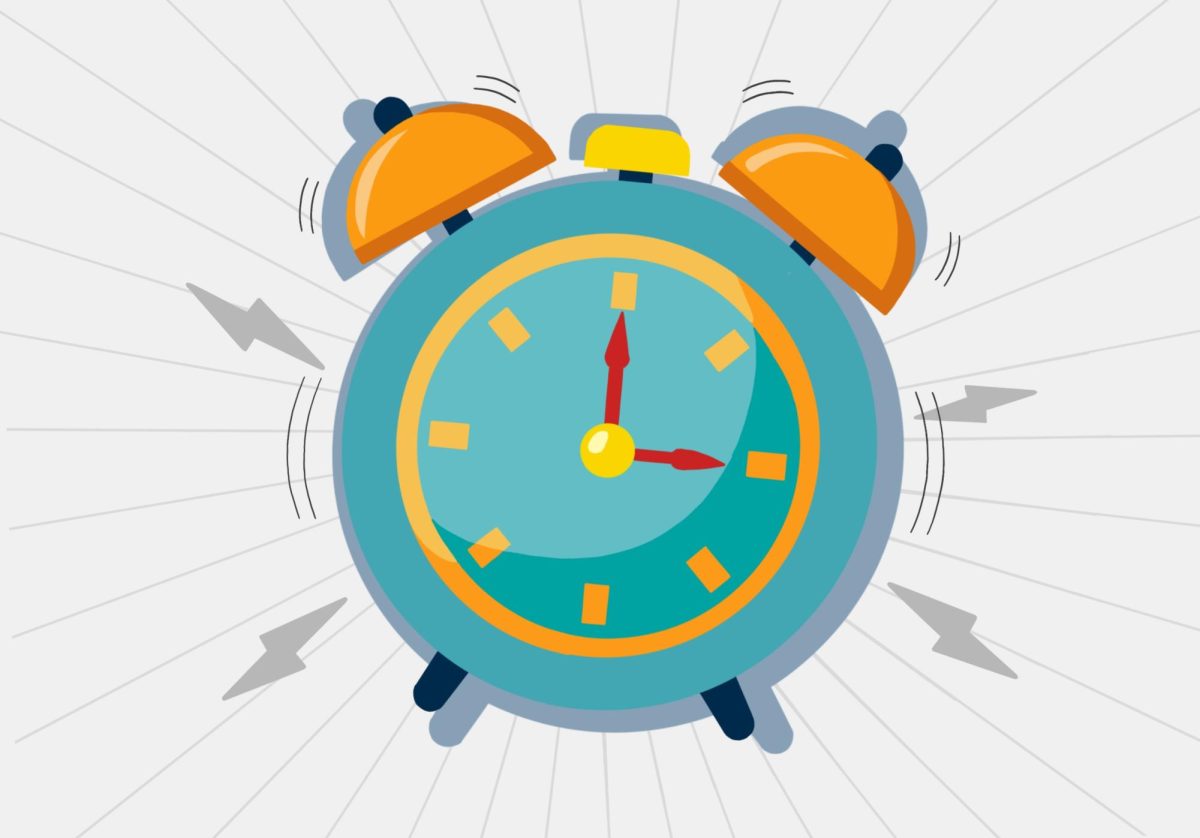
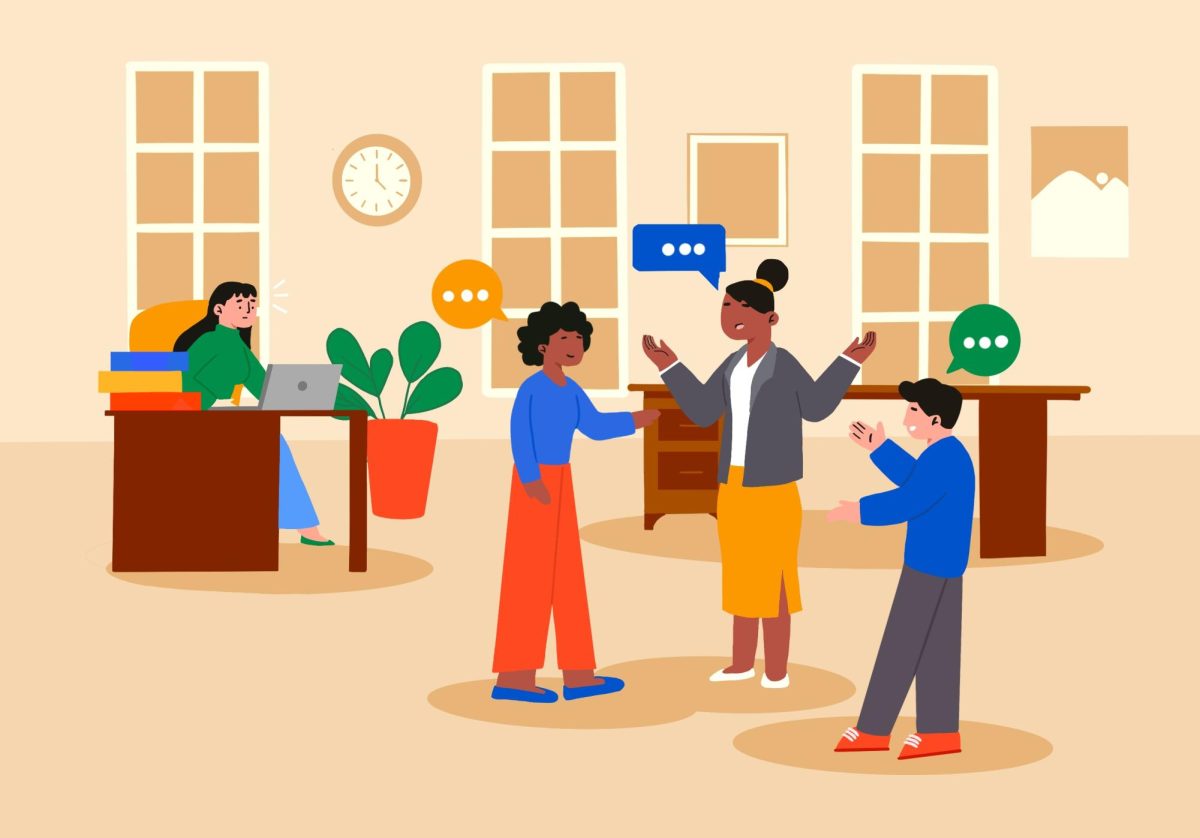

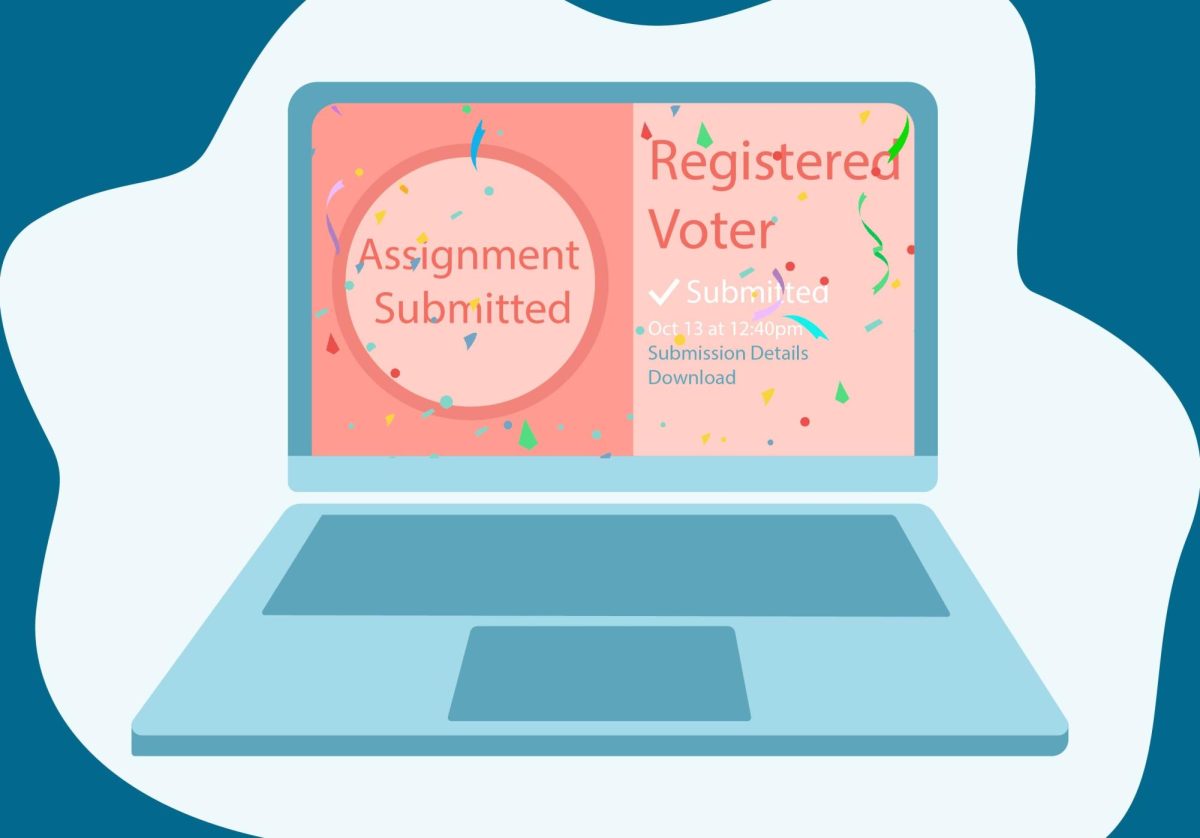


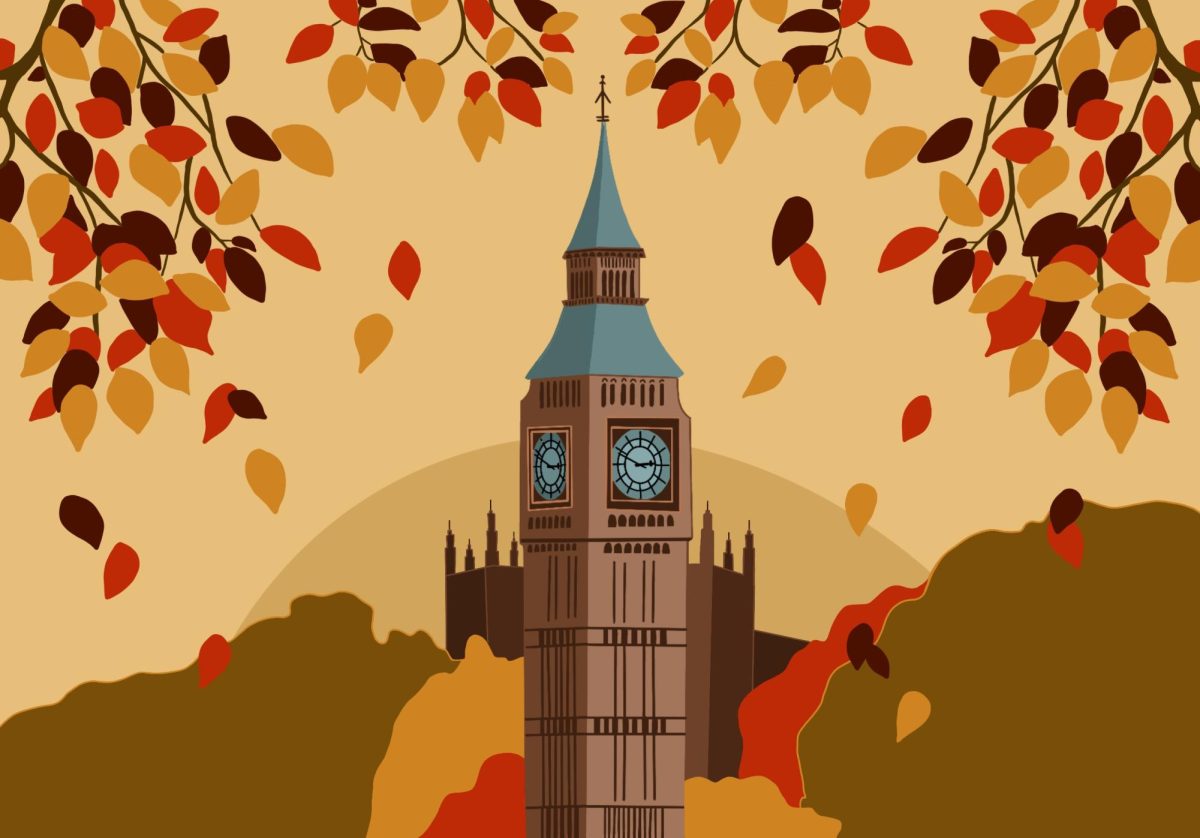
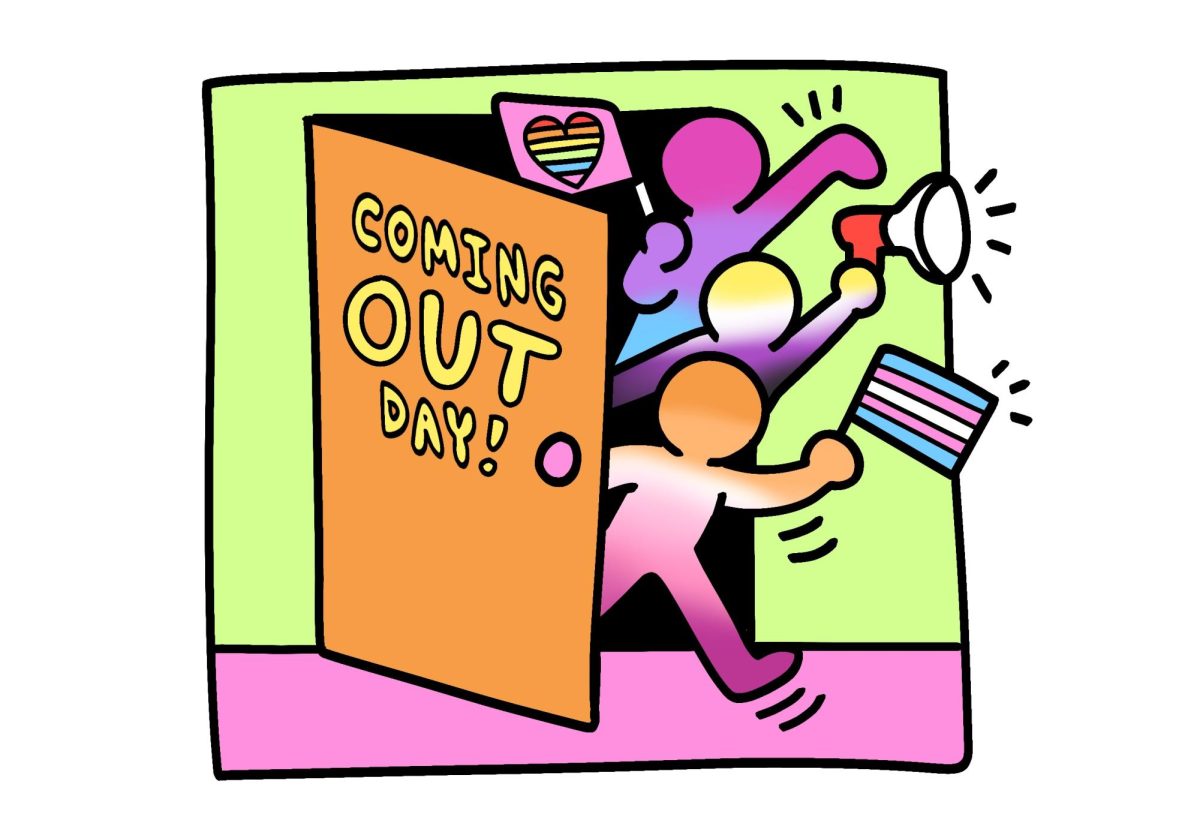
Meat Eater
Feb 24, 2023 at 3:56 pm
Minnesota is the state of hockey because nobody else plays it. In fact it is really not all that popular in MN, it is the 8th most popular sport among boys, and 14th among girls in high school.
Basketball is 3x more popular, and it isn’t even the most popular sport for boys or girls. And there are only 5 players on the court in hoops, compared to 6 (and 3 lines!) in hockey.
Hockey pales in comparison to football, hoops, and baseball for boys, even wrestling is more popular. Volleyball, softball, hoops, and track for girls, even tennis has twice as many participants.
Hockey is even less popular among adults.